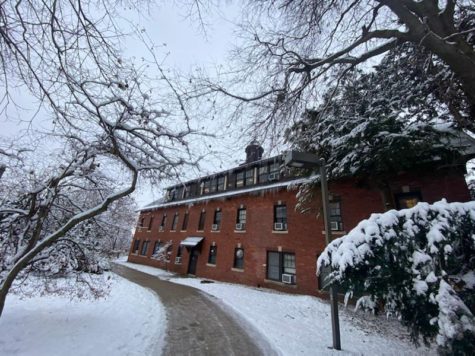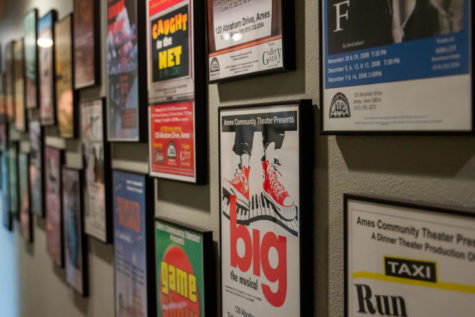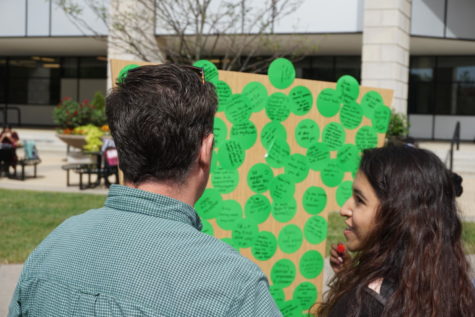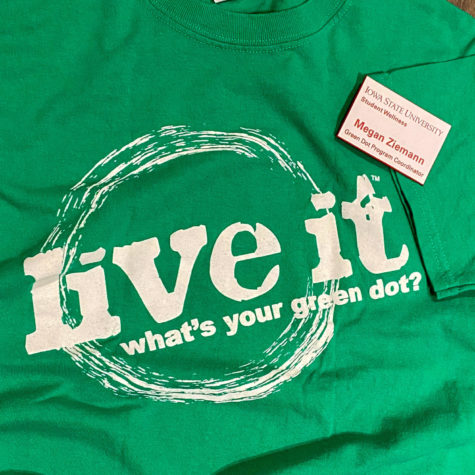Improving fuel mileage
February 26, 2016
While gasoline is currently inexpensive, using the light bronze liquid efficiently is still on the minds of the public.
Simple tricks are available to drivers to improve their gas milage, which in turn means less trips to the gas station and more money in their wallets.
One way many Iowa drivers waste gasoline is by warming up their vehicle for an inordinate amount of time in the morning and before heading home at the end of the day.
“Warming your car up for 20 minutes is not necessary and a waste of gas,” said Richard Martens, owner of Ron’s Auto Repair Center in Ames.
Martens emphasized the importance of heating a car before driving, but said waiting five minutes, then driving slowly is sufficient to get a vehicle up to an acceptable operating temperature and would allow drivers to save fuel.
Then, there’s the issue of the efficiency of the gasoline itself that drivers put into their tanks.
At gas stations, drivers see common fuel grades such as E-85, ethanol, premium and, for those driving a diesel-powered vehicle, diesel. These different grade types can affect the milage a particular vehicle will get. The model of the car will determine the type of fuel a driver should use, and a recommended grade can be found in each vehicle owner’s manual.
At the gas station, many drivers choose their gas according to prices. Today’s prices are uncommonly low; however, Charlie Brown, who works at Campus Garage on Lincoln Way, said premium gas, usually the more expensive blend, should be the choice over the commonly chosen ethanol blend.
“If you run a premium fuel you’ll get much better gas mileage,” Brown said.
Brown said the inefficiency of ethanol blends makes vehicles work harder to run while unnecessarily using fuel.
Stomping on the brake, accelerating too quickly and braking to change lanes are a few of the bad habits drivers should actively watch for and correct in order to achieve higher MPGs.
Troy Marlay, one of the owners of Supreme Auto located on South Dayton, strongly urged against these habits and suggested driving as smoothly as possible. Refraining from pressing on the brake can save gas, and letting the vehicle coast to a stop can be beneficial.
“A lot of people have tendency to be, I call them driving with a toggle switch — 100 percent on the gas or 100 percent on the brake — and they never coast up to a stop sign,” Marlay said.
Marlay added that regular maintenance is a must, and the best thing to increase one’s MPG is to keep tires properly inflated.
Sometimes it’s easy to tell when a tire’s air pressure is low via a visual check. However, periodically checking the air pressure with a tire pressure gauge, which usually run between $5-10, is recommended. Before refilling a vehicle’s tires, one should check the car’s handbook to see what the correct air pressure level for that model is.
Car manufacturers also typically put the recommended pressure specific to a vehicle on a small sticker inside the driver’s side door near the latch.
However, over inflating car tires could be counterproductive to saving gas mileage. Just as when the pressure is too low, a pressure that is too high can cause the car to use more energy, lose gasoline, or roll.
“TPMS (tire pressure monitoring system) sensors were mandated to be put into cars by manufacturers to warn drivers that their pressure is low,” Marlay added.
For more suggestions to increase fuel efficiency, one should contact one of the numerous local auto shops or the dealership in town associated with the vehicle’s manufacturer.

















